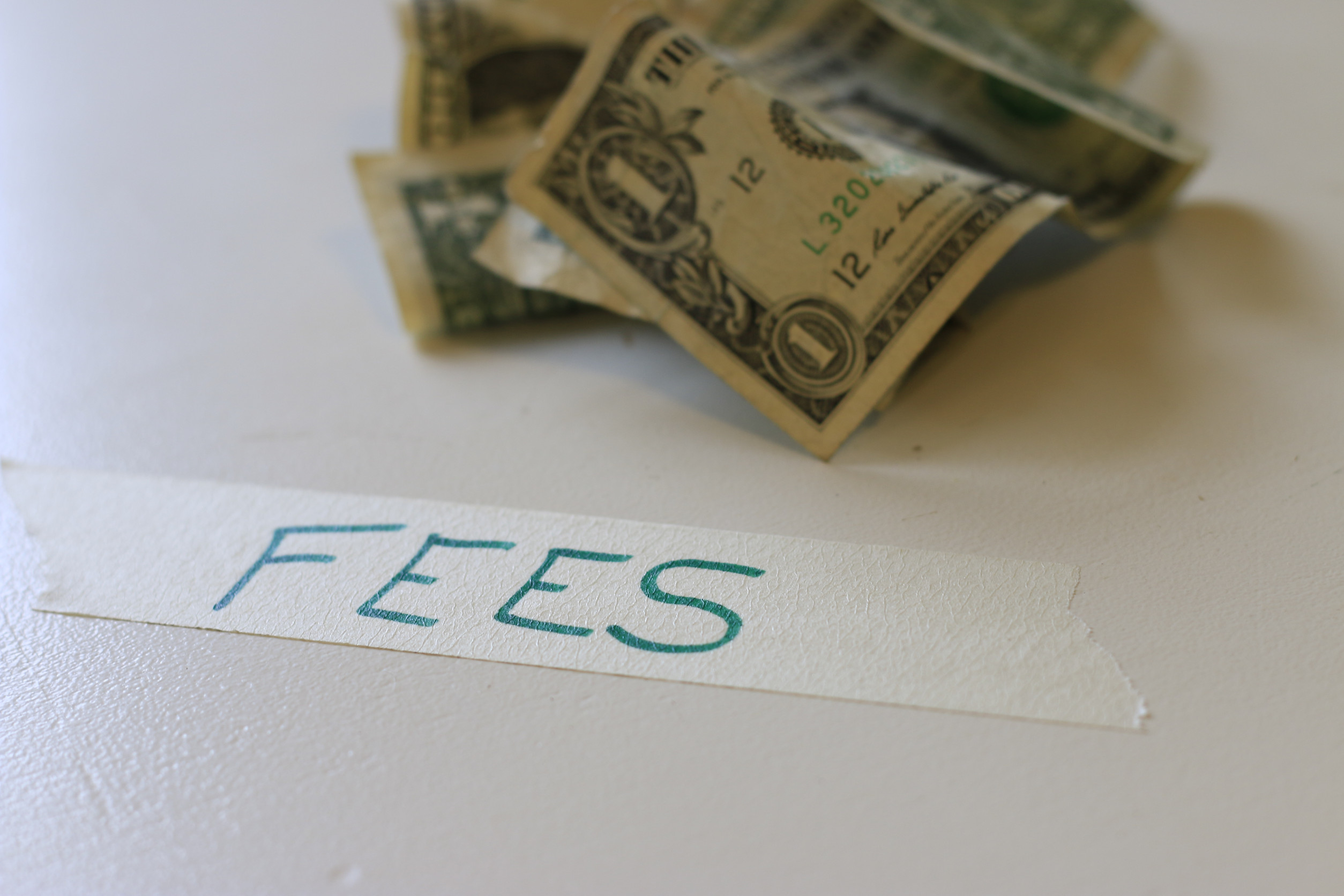Overdraft fees used to be a moment of financial shame—an alarming sign that something had gone wrong with a person’s budget. But now, for many consumers, it’s just another Tuesday. Swipe a card, check the app, shrug at the negative balance, and wait for the next paycheck to reset everything. This numbness to overdraft penalties hasn’t gone unnoticed. In fact, banks are counting on it.
The Normalization of Financial Pain
Banks have managed to rebrand overdraft fees from emergency-level disasters to just another part of adulting. Repeated exposure to these fees has worn down emotional resistance, making customers less likely to feel the sting. Instead of avoiding them, many consumers anticipate overdrafts as a routine part of the month. This familiarity is what banks thrive on—consistency in fees equals consistency in profits. As long as consumers don’t panic, banks get paid.
Profit Hiding in Plain Sight
For some banks, overdraft fees are a quiet goldmine hiding behind their public image of helpfulness and innovation. These charges may seem small individually but add up fast across millions of accounts. While banks tout flashy features like mobile check deposits and round-up savings tools, the real money often comes from habitual penalties.
Most customers don’t realize that fee revenue can rival or exceed profits from lending services. Many people don’t look closely enough to notice because the fees are buried in transaction histories and dressed up in pleasant language.
Designed for Delay and Distraction
Overdrafts often happen not because a person is wildly irresponsible, but because of delays in how banks process transactions. Some banks intentionally process higher-value purchases first, increasing the likelihood of multiple overdrafts in a single day. Digital banking platforms, with their bright graphs and gamified savings features, distract users from the fine print. The user interface is smooth, but the underlying system quietly allows overdrafts to pile up. That slick design is intentional, meant to keep attention off the mechanics of money movement.
The “Small Price to Pay” Mindset
Some consumers mentally file overdraft fees as an unfortunate but manageable expense. A $35 hit might hurt, but it’s rationalized as worth it if it means avoiding late rent or putting gas in the car. Over time, the occasional fee becomes a predictable fallback rather than a red flag. Banks understand this shift and price their fees to feel inconvenient but not devastating. As long as the cost feels tolerable, behavior won’t change.
No Incentive to Make It Easy
Banks could easily create systems to prevent overdrafts, such as real-time balance alerts or smarter declines. But that would reduce fee income, and there’s no financial motivation to do it at scale. Some institutions even market “courtesy” overdraft services that sound like a favor but simply guarantee a fee. While a few progressive banks have voluntarily reduced or eliminated these charges, the industry standard still leans toward preserving the cash cow. As long as the inconvenience is framed as a service, most customers won’t resist.
Scarcity of Financial Education
Many people don’t fully understand how overdrafts work or how avoidable they can be. Public education rarely covers the intricacies of transaction sequencing or penalty fee structures. Banks also rarely go out of their way to explain them, knowing that confusion serves their bottom line.
If customers were better informed, they’d be more likely to seek alternatives like overdraft protection, budgeting tools, or even switching institutions. In the absence of widespread awareness, banks maintain the upper hand.
The Illusion of Control
Modern banking apps give customers the illusion of control, even as they set traps behind the scenes. Users feel empowered by daily spending summaries or spending limit features, not realizing those tools don’t always reflect pending charges. A person might believe they’re in the clear, only to get hit with a fee because of a delayed payment from days prior. Banks benefit from this disconnect—they still get paid when confusion happens. The appearance of control keeps customers engaged but off guard.
Overdrafts as a Subscription Model
In many cases, banks have turned overdraft behavior into a pseudo-subscription. Some users overdraft monthly, almost like clockwork, and budget around the incoming fee. It becomes just another recurring cost, like Netflix or Spotify, except it offers no actual value in return. This kind of normalized fee dependency is highly profitable and largely unchallenged. Banks don’t need to market overdraft services aggressively—they just let inertia do the work.
Customer Shame = Customer Silence
The emotional sting of an overdraft might still linger, but it’s often paired with embarrassment. Most people won’t openly admit to overdrafting, so they suffer the consequences in silence. This lack of public conversation reinforces the idea that it’s a personal failure rather than a systemic design. Banks benefit from that shame, because quiet customers are less likely to question the system or demand better policies. Institutions can operate without much pushback as long as the topic stays taboo.
Banks Will Always Try To Get The Best Of You
Banks have mastered the art of making overdraft fees feel inevitable. Through sleek interfaces, confusing transaction sequences, and psychological detachment, they’ve built a system where most people don’t fight back—they just accept. That’s not accidental. It’s strategic.
What do you think—have overdraft fees become too normalized? Have you noticed how banks handle these situations in your own experience? Drop a comment and share your thoughts. Let’s talk about what’s really happening behind those “insufficient funds” notices.
Read More
10 Banks That Have Been Fined for Customer Abuse
Bank Policies That Changed This Year (But Nobody Told You)


